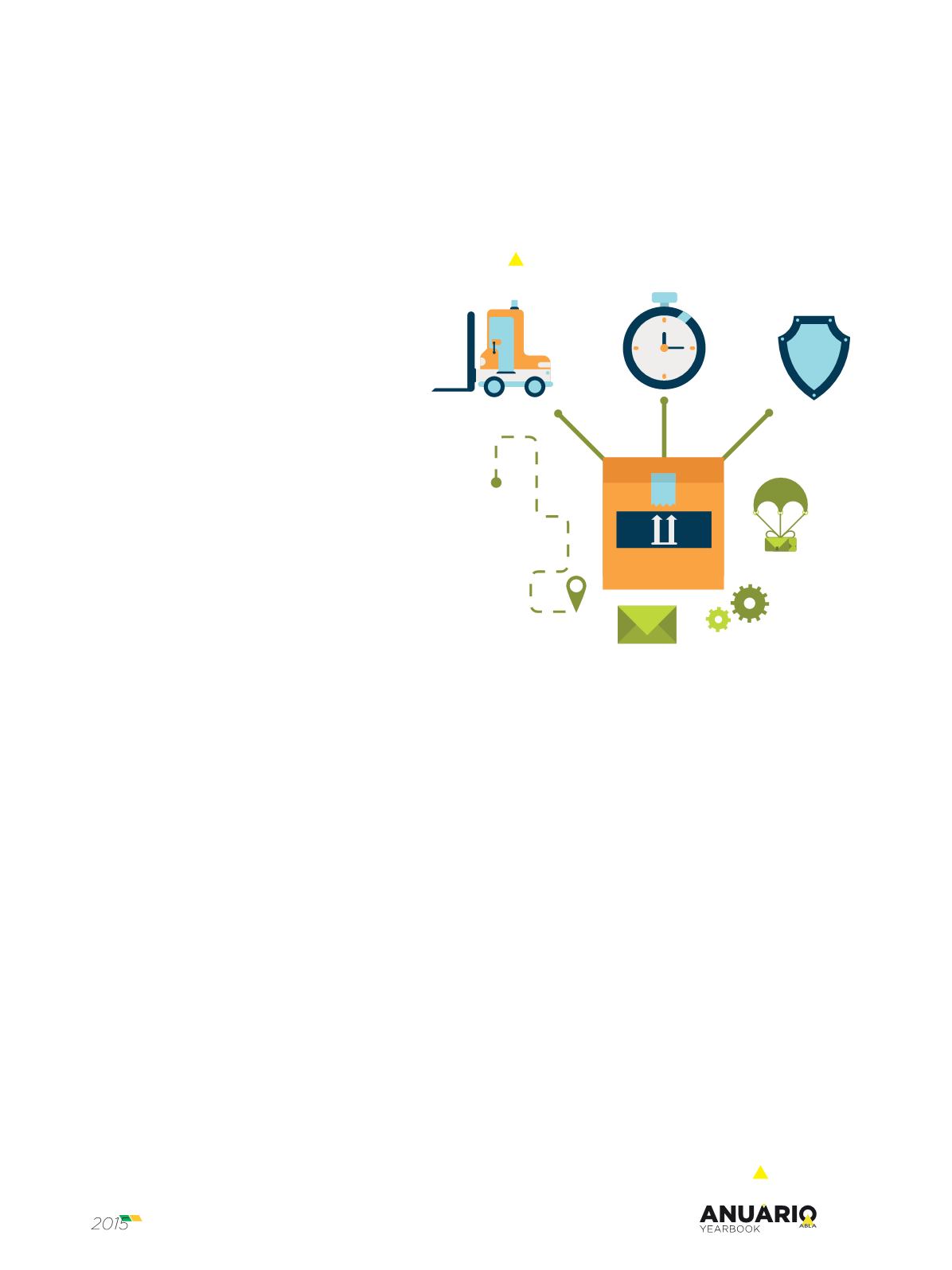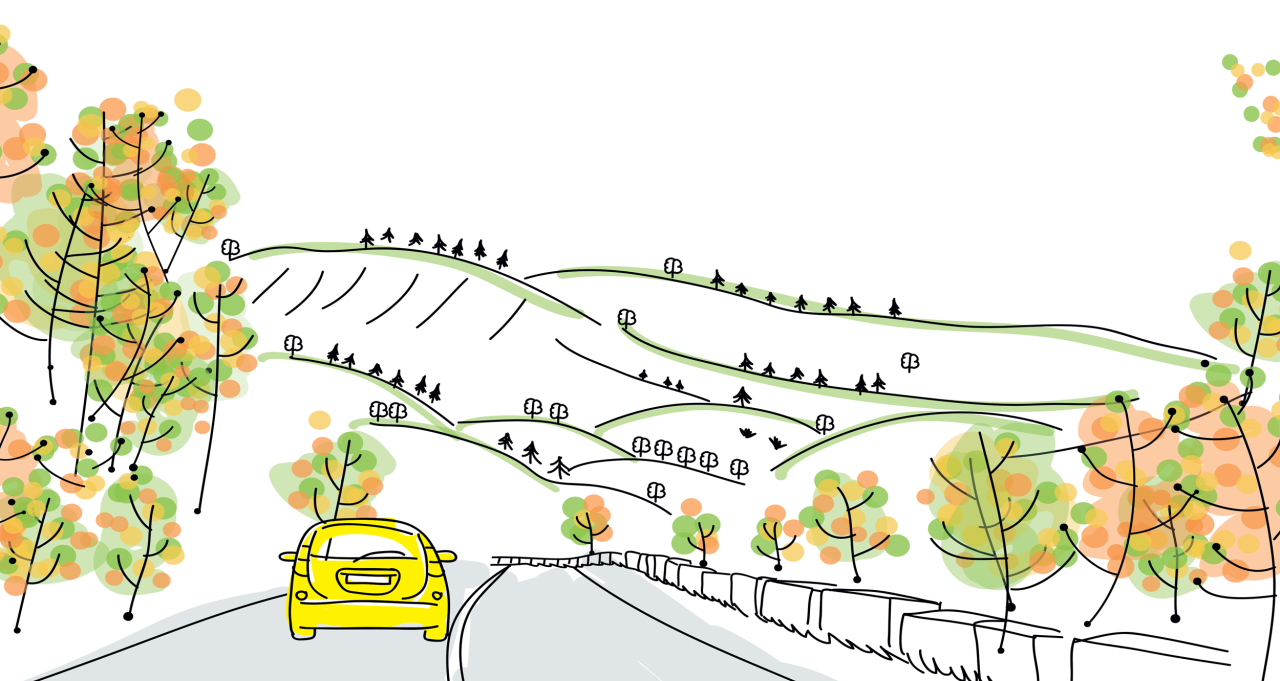

87
escoamento de nossa produção e a redu-
ção do tempo e do custo do deslocamento
de bens e pessoas”, recomenda.
Galhardo enfatiza que é fundamen-
tal “estimular o desenvolvimento de um
sistema nacional de transporte moderno,
eficiente e integrado; facilitar a criação de
terminais de transbordo em quantidade e
qualidade, de forma a incentivar a prática
da multimodalidade; eliminar barreiras al-
fandegárias que impedem ou dificultam
o trânsito de mercadorias entre o Brasil e
seus vizinhos; e desonerar as empresas de
transporte da pesada carga tributária que
incide sobre elas”.
Cálculos apontam que a quantia míni-
ma necessária para o governo oferecer ao
país níveis de competitividade e sustentabi-
lidade à altura da posição que a economia
brasileira ocupa no cenário internacional é
de R$ 987 bilhões.
Government will face several challenges to get Brazil on the path
to economic growth in 2015 and beyond. One the most important
is the removal of current obstacles to a more free-flowing transport
system, says the Inter-American Chamber of Transport (CIT).
The CIT says the sector’s problems are well-known. According
to Roberto Gallardo, a senior director at CIT and the coordinator of
GETRAM / MBA in Logistics, Mobilization and the Environment, “In
regard to government initiatives (PAC 1, PAC 2 and PIL), and the CNT
Transport and Logistics plan 2014, released by the National Transport
Confederation (CNT), Brazil is still lacking in transport infrastructure.”
He reveals that the confirmation of structural deficiencies in Brazil
came with the release of the Global Competitiveness Report by the
World Economic Forum (WEF), which evaluated the situation in 144
countries. “From 2011 to 2014, Brazil fell from the 53rd to the 57th
position, behind the other BRICS, except for India,” he says.
“For the country, unfortunately, the bad news does not stop there.
Because of the recent changes in the global economy, with the
fall of international commodity prices, the departure of foreign capital
that had entered Brazil at the height of the global financial crisis, and
the deterioration of Brazil’s macroeconomic policy, the trend is that
2015 will be tough for every sector,” he adds.1}
Gallardo goes on to say that the main problems identified in the
WEF report were confusing tax laws; restrictive labor laws; inadequate
infrastructure; a heavy tax burden; and government red tape.
As a result, a survey by the CNT, called Economic Expectations for
Transport Companies 2014, shows that the transport executives are
cautious, with 82.7% facing increased costs.
Given this situation, we must act. The measures required
are known about and feasible. “We need safety and ease of use
in highways, railroads, air and waterway systems compatible with the
size and relevance of the country, modern and efficient terminals and
ports that facilitate the flow of our production and reduce the time
and cost involved in transporting people and goods,” recommends
the director of CIT.
Gallardo stresses that it is essential to encourage the development
of a national system of modern, efficient and integrated transport;
to facilitate the creation of transshipment terminals in quantity and
quality, in order to encourage multimodality; to eliminate trade barriers
that prevent or hinder the transit of goods between Brazil and its
neighbors; and to relieve transport companies of the heavy tax burden
on them.
The minimum amount necessary for the government to make the
country competitive and sustainable in line with the importance of its
economy on the international scenario is R$ 987 billion.
From diagnosis
to treatment
The Inter-American Chamber of Transport presents the obstacles
preventing free-flowing transport and recommends immediate action to
prevent further damage to the economy in Brazil

















